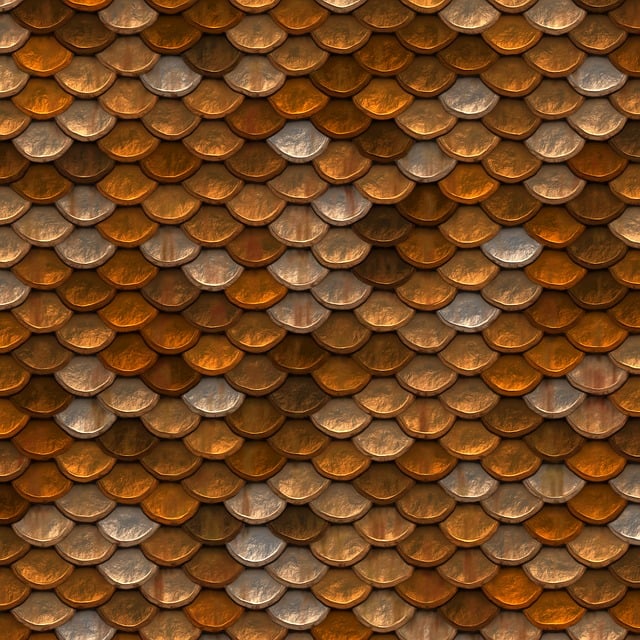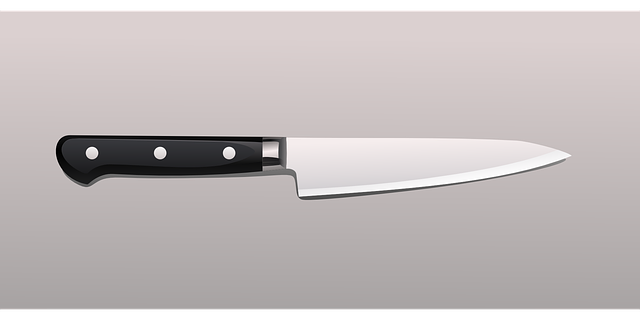Structural metal fabrication is a sophisticated process utilizing advanced technologies like CNC machining, laser cutting, and water jet cutting to transform raw materials into robust components for commercial, bridge, and industrial structures. These innovations have revolutionized industries such as architecture, automotive, and aerospace, enabling the creation of complex geometric designs that prioritize safety, strength, and precision. Quality control measures, including material testing and non-destructive testing, ensure structural metal components meet industry standards. Customization facilitated by CAD tools allows fabricators to create tailored structures for specific project needs, making structural metal a versatile solution across diverse sectors.
In the realm of construction, structural metal fabrication stands as a cornerstone for building durable and functional structures. This advanced process transforms raw materials into intricate components, enabling the creation of complex designs that meet stringent requirements. From understanding the foundational techniques to integrating innovative customization, this article explores the multifaceted world of professional-grade structural metal fabrication, highlighting its safety measures and endless design possibilities.
- Understanding Structural Metal Fabrication: The Foundation of Durable Structures
- Advanced Techniques for Creating Complex Geometric Designs with Metal
- Ensuring Safety and Strength: Quality Control Measures in Professional Fabrication
- Integrating Functionality: Customization and Innovation in Metal Structure Design
Understanding Structural Metal Fabrication: The Foundation of Durable Structures

Structural metal fabrication forms the very foundation of durable and robust structures, from commercial buildings to bridges and industrial facilities. It involves a meticulous process of transforming raw metal into precise, tailored components that meet exacting design specifications. This complex art demands a deep understanding of materials science, engineering principles, and advanced manufacturing techniques.
The process begins with careful planning and design, where architects and engineers collaborate to create detailed blueprints. These designs are then translated into reality through cutting-edge fabrication methods, such as laser cutting, water jet cutting, and computer numerical control (CNC) machining. Each technique offers unique advantages, ensuring precision, efficiency, and the ability to handle diverse metal types and complex geometric shapes. The result is a structural framework that not only stands strong against external forces but also ensures safety and longevity for any built environment.
Advanced Techniques for Creating Complex Geometric Designs with Metal

In the realm of professional-grade fabrication, structural metal has evolved far beyond conventional methods, embracing advanced techniques to craft intricate geometric designs previously deemed challenging or impossible. Modern technologies like Computer Numerical Control (CNC) machining and laser cutting have revolutionized the way we work with metal, enabling precise cuts and formations that adhere to complex, multi-dimensional shapes. These innovations are particularly pivotal in industries demanding robust yet aesthetically pleasing structures, such as architecture, automotive, and aerospace.
The integration of advanced software and automation further streamlines the process, allowing designers to translate digital models into physical structures with unparalleled accuracy. This digital-to-physical workflow facilitates rapid prototyping and customization, empowering fabricators to meet the ever-demanding standards of modern construction and design. Consequently, structural metal now adorns everything from sleek, contemporary buildings to advanced aircraft components, showcasing its versatility and capability in creating intricate geometric forms that were once the realm of imagination only.
Ensuring Safety and Strength: Quality Control Measures in Professional Fabrication

In professional-grade fabrication for functional structures, ensuring safety and strength is paramount, especially when dealing with structural metal. Rigorous quality control measures are implemented throughout the production process to guarantee that each component meets or exceeds industry standards. These controls include detailed material testing, comprehensive inspection protocols, and advanced non-destructive testing (NDT) techniques such as ultrasonic, magnetic particle, and radiographic inspections. By upholding stringent quality criteria, fabricators can deliver structures that are not only robust but also safe for intended applications.
Moreover, the use of computer-aided design (CAD) software and sophisticated machine tools enables precise fabrication, minimizing human error and maximizing structural integrity. Regular calibration of equipment, along with well-defined work procedures and operator training, further bolsters the quality control framework. These measures are crucial in preventing failures, ensuring longevity, and maintaining compliance with regulatory requirements for structural metal components across various industries.
Integrating Functionality: Customization and Innovation in Metal Structure Design

In the realm of professional-grade fabrication, integrating functionality into structural metal design is a game-changer. Customization plays a pivotal role in meeting unique project requirements. By employing advanced engineering and computer-aided design (CAD) tools, fabricators can create intricate metal structures tailored to specific functions. This level of customization ensures optimal performance and efficiency, making structural metal a versatile choice for various industries.
Innovation further enhances the capabilities of structural metal. Integrating smart technologies and modern materials allows designers to push boundaries. For instance, incorporating sensors and automated systems into metal structures enables them to adapt and respond to their surroundings, leading to more dynamic and efficient solutions. This fusion of creativity and technology redefines what’s possible in fabrication, opening doors to innovative applications for structural metal across diverse sectors.
Professional-grade structural metal fabrication is a complex art that combines cutting-edge techniques, stringent quality control, and innovative design. By mastering these aspects, we unlock the potential for creating durable, functional structures that cater to diverse needs. Whether it’s intricate geometric designs or customized solutions, advanced fabrication methods empower us to transform ideas into robust realities, defining the future of structural metal engineering.
